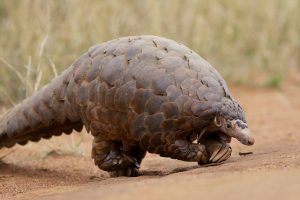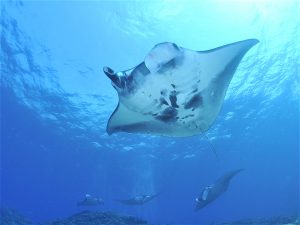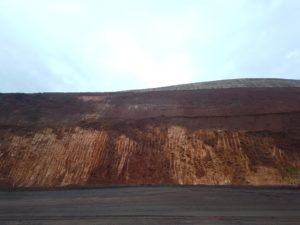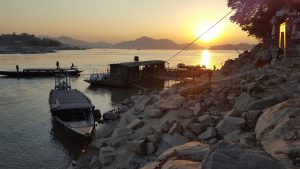With the death of Lonesome George, the sole surviving Pinta Island Giant Tortoise, the Chinese Giant Softshell Turtle (rafetus swinhoei) now has the dubious honour of being ranked as the world’s most critically endangered species of turtle.
The Giant Softshell Turtle is noted for being the largest freshwater turtle in the world. They can grow larger than 50 centimetres, and the largest shell found measured 86 centimetres. The carapaces are smooth and olive green and the turtles have quizzical faces with small eyes and a pointed snout.
This species predates by thousands of years the human settlements that now threaten its extinction. According to ancient books and records in China, the Yangtze Giant Softshell Turtle was once common in Lake Tai, in southeast China, where it was worshiped as a holy icon representing merits and blessings. Despite declining numbers, they have continued to have a special place in Chinese folklore. Their uniqueness has made them a national icon and their extinction even more deplorable.
Although apparently common in the past, populations of the Giant Softshell Turtle have steadily declined over the years as a result of habitat degradation, the harvesting of adults and young turtles, and egg collecting. This dramatic population decline apparently went largely unnoticed until about 10 years ago. Now only three Giant Softshell Turtles are known to survive: an aged pair (90 and 110 years-old) at the Suzhou Zoo and a solitary individual (probably a male) inhabiting a reservoir in Vietnam.
Efforts to breed the turtles at the Suzhou Zoo have been unsuccessful; every year the female lays about 100 eggs, but none has ever proved fertile. The problem seems to lie with the male whose penis and shell suffered extensive damage during combat with a rival male many years ago. This left him permanently impaired and unable to inseminate his mate.
Artificial insemination of the female using sperm from the male was attempted in 2015 and again in 2016 to no avail. In mid-April 2017, the procedure was tried once more, although the outcome will not be known for several more weeks.
The obvious solution to this reproductive dilemma is to bring the male from Vietnam to China and allow him to fertilise the female in Suzhou Zoo. This has proven too complicated and risky to realise though.
But there is a glimmer of hope, albeit a faint one, in this otherwise bleak conservation prognosis. According to local fishermen one or possibly two Giant Softshell Turtles inhabit Madushan Reservoir, an impounded stretch of the Red River in Yunnan province, southeastern China.
The reservoir filled in 2007, inundating a 50-kilometre section of river that was considered the last stronghold of these giant turtles in the wild. Local fishermen soon began to report sightings of an unusually large turtle.
These were usually chance encounters made when fishermen stumbled upon a giant turtle basking in the warm spring sun along the shore of isolated coves. Without exception, those privileged to view the turtle describe an ancient-looking reptile of colossal size. Even taking into consideration the tendency of fishermen the world-over to exaggerate, it seems likely that at least one very large Giant Softshell Turtle remains in Madushan Reservoir.
So far this is the best news for conservation experts and academic institutions, including Huangshan University and Kunming Institute of Zoology, that have conducted field investigations looking for a fourth turtle since 2011.
Unfortunately, from a biological standpoint, with no opportunities for reproduction, this lone survivor is as good as dead. Indeed, the Giant Softshell Turtle has been described by zoologists as a zombie species, a moniker applied to populations consisting of one or a few long-lived individuals (“the living dead”) and ultimately doomed to extinction because of continued lack of reproductive success.
In 2016, with support from the National Geographic Air and Water Conservation Fund, Wildlife Conservation Society-China Program asked me to assist in the search for this extremely rare and elusive turtle. The reservoir is vast and searching for one turtle (or maybe two) was a daunting undertaking with no guarantee of success. I likened our task to the search for the Loch Ness monster, a prehistoric marine reptile reputed to inhabit a deep lake in Scotland that has so far eluded scientific scrutiny. Given the obvious similarities between these efforts, we soon began referring to our cryptic quarry as the Madushan Monster.
Softshell turtles spend most of their time submerged; only rarely do they leave the water to bask and even more rarely, to lay eggs. Securing hard evidence that one or more Giant Softshell Turtles remained alive in the reservoir seemed like a long shot.
Our most promising strategy was simply to foot patrol the shoreline, continually scanning the water’s surface and potential basking sites with binoculars in hopes of catching a glimpse of the turtle. We also established bait stations – fresh fish suspended on a rope, held just at the surface.
Day after day for almost two months, regardless of the weather, our team of three walked up and down the reservoir, pausing occasionally to scan for any sign of the turtle, camera at ready. But no turtle was found.
In April 2017 we returned to the reservoir and resumed our search with support from professor Rao Dingqi, from Kunming Institute of Zoology at the Chinese Academy of Sciences. This year we upgraded the baits and used the most rank-smelling “fishmeal” available, including fish entrails and pig livers, repugnant to us but a veritable smorgasbord to a hungry soft shell turtle.
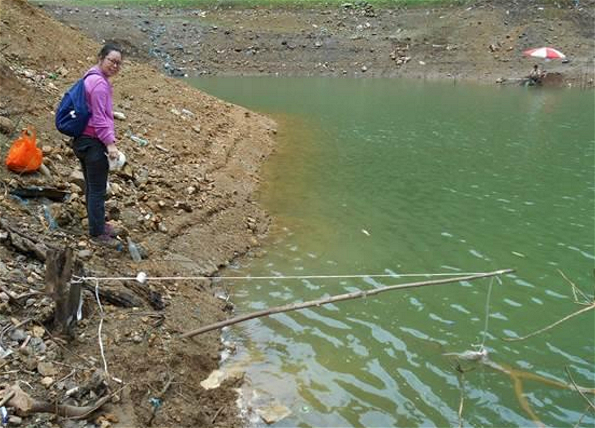
Baits were deployed at the Madushan Reservoir to increase the chance of capturing a Giant Softshell Turtle for breeding (Image: Wildlife Conservation Society)
Unfortunately, as in 2016, our efforts were met with disappointment despite three weeks of intensive searching.
Our dilemma now is whether to continue searching for the Madushan Monster. Funding for conservation is always scarce, and for a forlorn species like the Giant Softshell Turtle, even more so.
But the stakes are incredibly high: with the single surviving pair seemingly unable to reproduce, there is no denying the Giant Softshell Turtle is on an irrevocable slide towards extinction. Desperate situations call for desperate measures and no effort should be spared to capture the Madushan Monster and use this animal for breeding purposes.
The fate of the Giant Softshell Turtle – a national icon – could very well hinge on capturing the Madushan Monster. While recognising the odds against success are high, as NASA’s motto reads, “Failure is not an option”.



